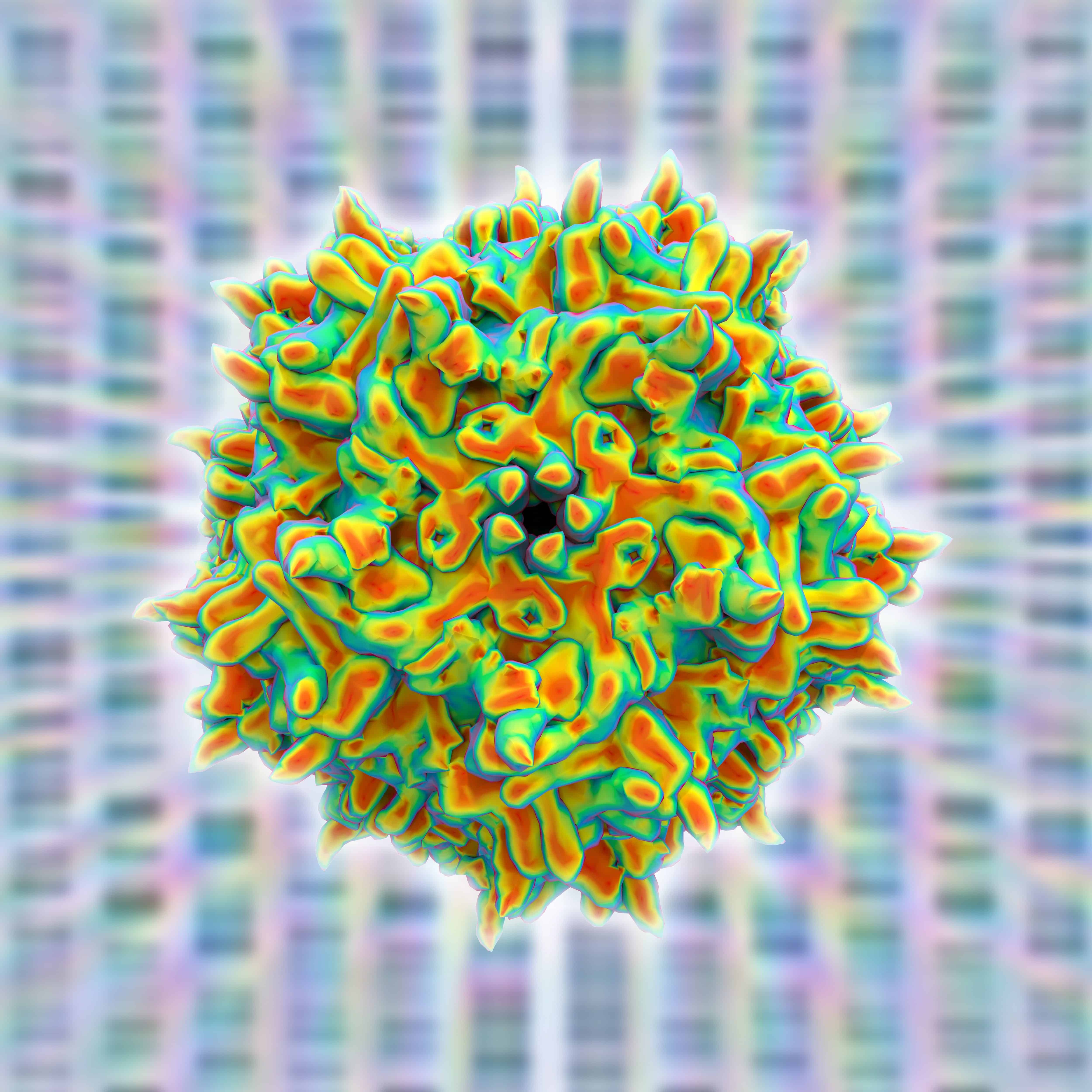High-Dose AAV Vector Gene Therapy May Not be As Safe
Neurotropic AAV serotypes such as AAV9 have been demonstrated to transduce spinal alpha motor neurons when administered intravenously at high doses. This observation led to the recent successful application of intravenous AAV9 delivery to treat infants with spinal muscular atrophy (SMA), an inherited deficiency of the survival of motor neuron (SMN) protein characterized by selective death of lower motor neurons.
However, a new animal study has now suggested that the high doses of gene-carrying viruses used in such treatments may not always be as safe as previously conducted human clinical trials have indicated.
James M. Wilson, MD, PhD and team from the University of Pennsylvania Perelman School of Medicine, Philadelphia, evaluated the ability of an AAV9 variant (AAVhu68) to deliver a human gene to motor neurons in the spinal cords of young rhesus macaques and pigs. AAV9 is the same viral vector recently used successfully to deliver a therapeutic gene to infants with spinal muscular atrophy (SMA).
High-dose intravenous gene therapy administration led to severe toxicity affecting the liver and motor neurons, with symptoms appearing within 5 days of treatment. “The adverse events observed in these two [non-human primate] studies provide provocative but incomplete evidence for a unifying mechanism of toxicity resulting from high dose systemic AAV administration,
” Dr. Wilson and colleagues wrote in their study.Among the so-called vectors used in gene therapy to deliver DNA, AAV9 has proved particularly good at spreading through neural tissue and at high doses can even cross the blood-brain barrier to reach spinal neurons and the brain.

In the first human trial with AAV9 carried out last year, 15 babies with a severe form of spinal muscular atrophy, a neurodegenerative disease that typically kills by age 2, received an infusion of the viruses carrying a missing gene called SMN. Most of the babies can now sit up, and two are walking.
But in the present study, three young rhesus macaque monkeys that received a high-dose intravenous infusion of a similar AAV9 carrying SMN developed signs of liver toxicity, and one had to be euthanized. Three piglets given the same treatment had motor neuron damage, could no longer walk, and were also euthanized. These reactions don’t seem to involve an immune response to the AAV9’s protein shell or the gene it’s carrying, unlike side effects seen in previous AAV studies, Wilson’s group reported.
“It is presently unclear whether liver damage is the primary insult leading to the coagulopathy, or if the coagulopathy is a manifestation of systemic toxicity that results in secondary liver damage,” Dr. Wilson and colleagues observed. “Our current hypothesis is that high systemic doses of AAV vectors lead to two independent insults to the host: Direct damage to the hepatocyte, and activation of systemic inflammation and an associated coagulopathy.

Dr. Wilson and colleagues acknowledged the need for further research, noting that: “Additional work will be required to understand the mechanism(s) of the systemic and sensory neuron toxicities observed in our animal studies, and the relevance of each to human trials.”
Wilson also does not want to “derail anything at this point.” He agrees that the new experiments differed in significant ways from previous studies of AAV9 safety. Moreover, because labs and vector production facilities use different methods to measure the AAV9 dose, it’s difficult to compare doses across studies. “I just hope this is useful information” that will inform researchers developing new gene therapies,” Wilson says.






























